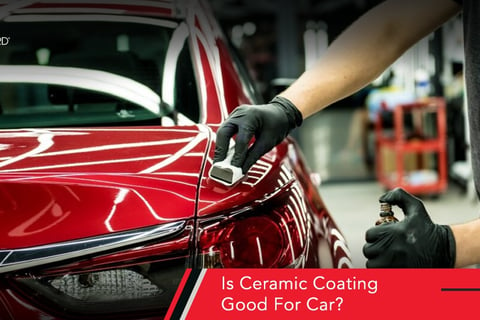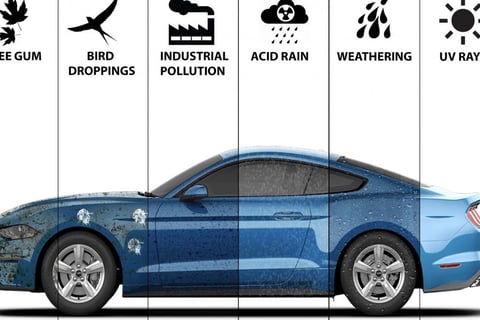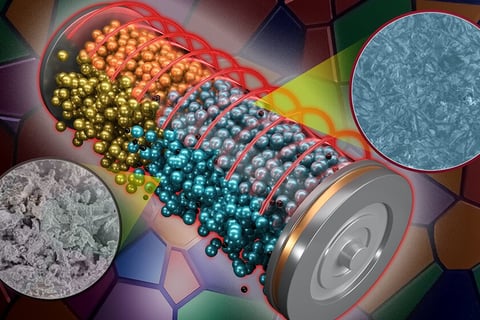
WELCOME TO
NANO CARBON
TECHNOLOGIES
Our bestsellers
GRAPHENE COATING
Discover the cutting-edge technology of graphene ceramic coatings, designed to revolutionize the way you protect and enhance surfaces. By combining the unparalleled properties of graphene with the robustness of ceramic materials, these coatings offer unmatched performance across various applications.
NANO CERAMIC COATING
At Nano Carbon Technologies, we specialize in delivering cutting-edge nano coating solutions designed to protect and enhance surfaces across a multitude of industries. From automotive and aerospace to electronics and household applications, our innovative coatings offer unparalleled durability, hydrophobic properties, and versatility.
With Nano Carbon Technologies, you can experience the next level of surface protection, ensuring lasting durability, resistance to scratches, UV damage, and environmental contaminants. Our advanced nano coatings not only preserve the integrity and appearance of surfaces but also simplify maintenance and upkeep, saving you time and resources in the long run.
Explore our range of nano coating solutions and discover how Nano Carbon Technologies can elevate the performance, durability, and aesthetics of your surfaces. Join the revolution in surface protection with Nano Carbon Technologies today.








Introducing Nano Coating for Solar Panels: Boost Efficiency, Extend Lifespan
Harness nanotechnology with our Nano Coating solution for solar panels. Minimize light reflection and dust accumulation, maximizing energy absorption and extending panel lifespan. Reduce maintenance costs and environmental impact with our eco-friendly coating. Backed by proven performance, easy integration, and customizable solutions. Experience the future of solar energy today!Write your text here...
Nanotechnology in Wind Energy:
Nanotech enhances wind turbines with stronger, lighter blades, improved coatings for efficiency, sensors for real-time monitoring, and advanced energy storage solutions.


Nano carbon materials, such as graphene and carbon nanotubes, hold great promise for various battery applications due to their unique properties, including high conductivity, large surface area, and mechanical strength. Here's how nano carbon materials can be utilized in battery technology:
1. Electrode Materials:
Nano carbon materials can be used as electrode materials in both lithium-ion batteries (LIBs) and supercapacitors.
Graphene and carbon nanotubes can serve as conductive additives or coatings on electrode surfaces to enhance electron transport and improve charge/discharge rates.
Their high surface area allows for better electrolyte penetration and ion diffusion, leading to higher energy and power densities.
2. Anode Materials:
Graphene and carbon nanotubes have been investigated as potential anode materials for lithium-ion batteries due to their high theoretical specific capacity and excellent cycling stability.
Nano carbon-based anodes can offer improved lithium-ion storage capacity, enhanced rate performance, and prolonged cycle life compared to traditional graphite anodes.
3. Cathode Materials:
While nano carbon materials are more commonly used in anodes, they can also be incorporated into cathode structures to improve conductivity and stability.
Hybrid cathode materials combining nano carbon with transition metal oxides or sulfides can enhance overall battery performance by addressing issues such as capacity fading and voltage decay.
4. Separator Coatings:
Nano carbon materials can be applied as coatings on battery separators to enhance mechanical strength, thermal stability, and electrolyte wettability.
Functionalized graphene or carbon nanotubes can improve the safety and performance of lithium-ion batteries by mitigating dendrite formation and preventing internal short circuits.
5. Flexible and Wearable Batteries:
Nano carbon materials enable the fabrication of flexible and lightweight battery electrodes suitable for wearable electronics and portable devices.
Graphene-based flexible batteries offer advantages such as bendability, stretchability, and mechanical robustness, making them ideal for next-generation wearable technologies.
6. Energy Storage Systems:
In addition to conventional lithium-ion batteries, nano carbon materials hold potential for use in advanced energy storage systems such as lithium-sulfur batteries, sodium-ion batteries, and beyond lithium-ion technologies.
Their versatile properties make them suitable for addressing the specific challenges and requirements of different battery chemistries and applications.


